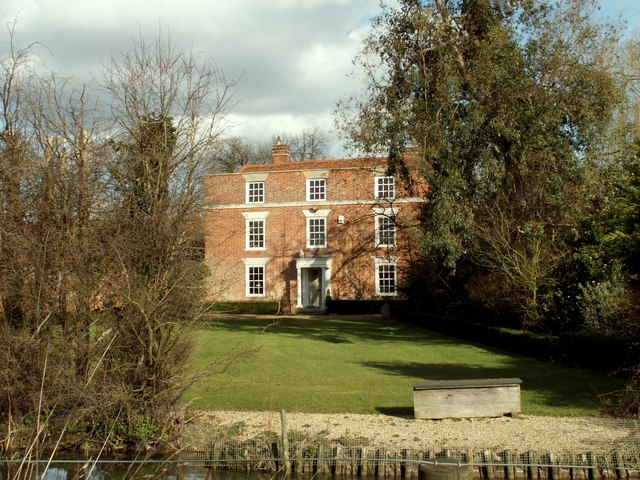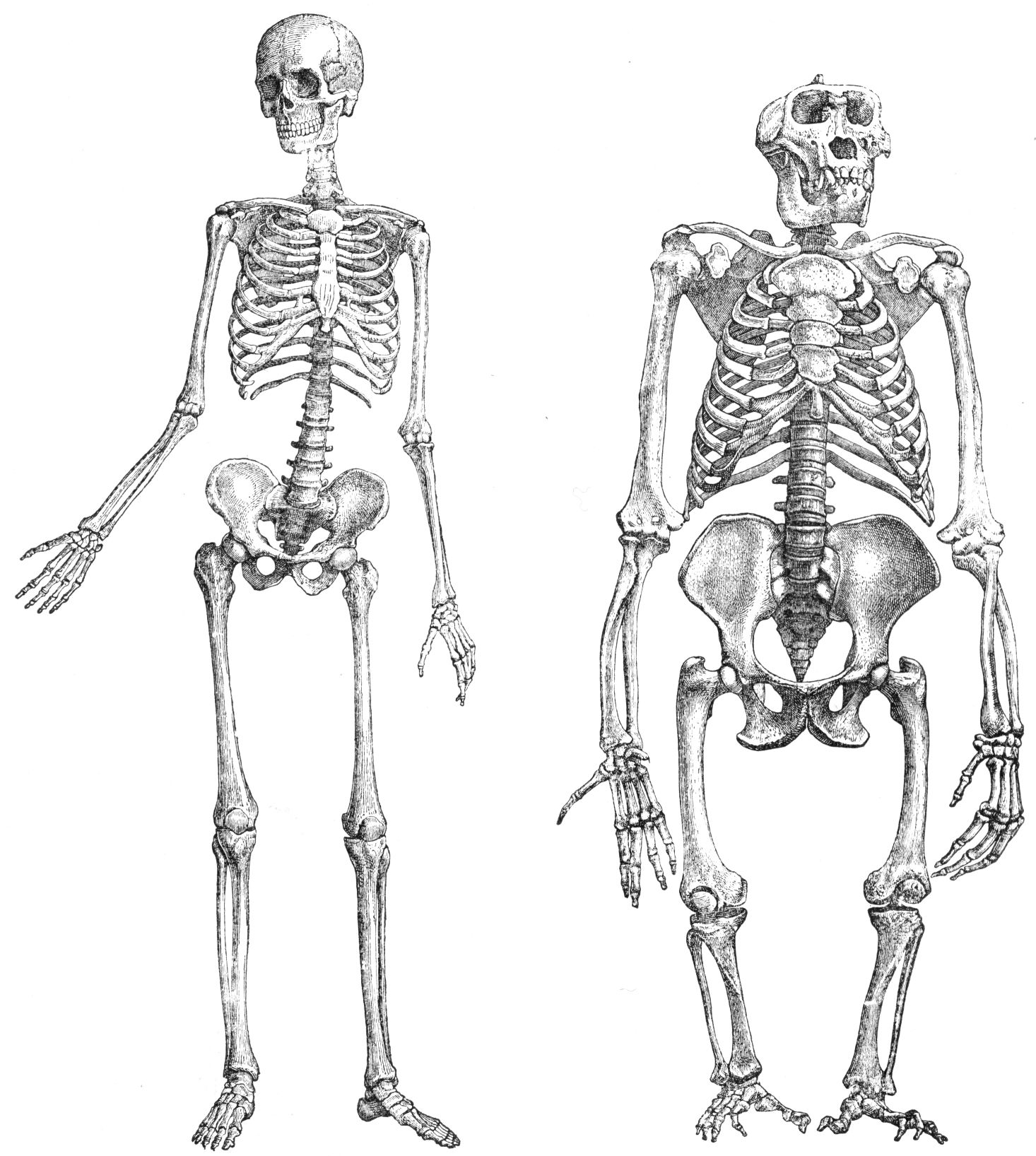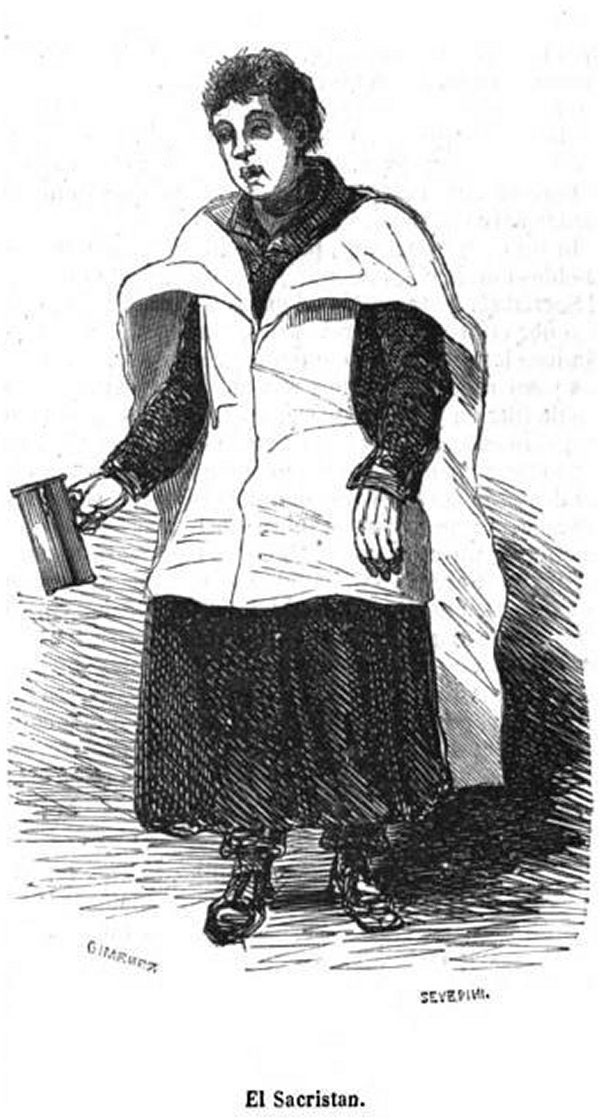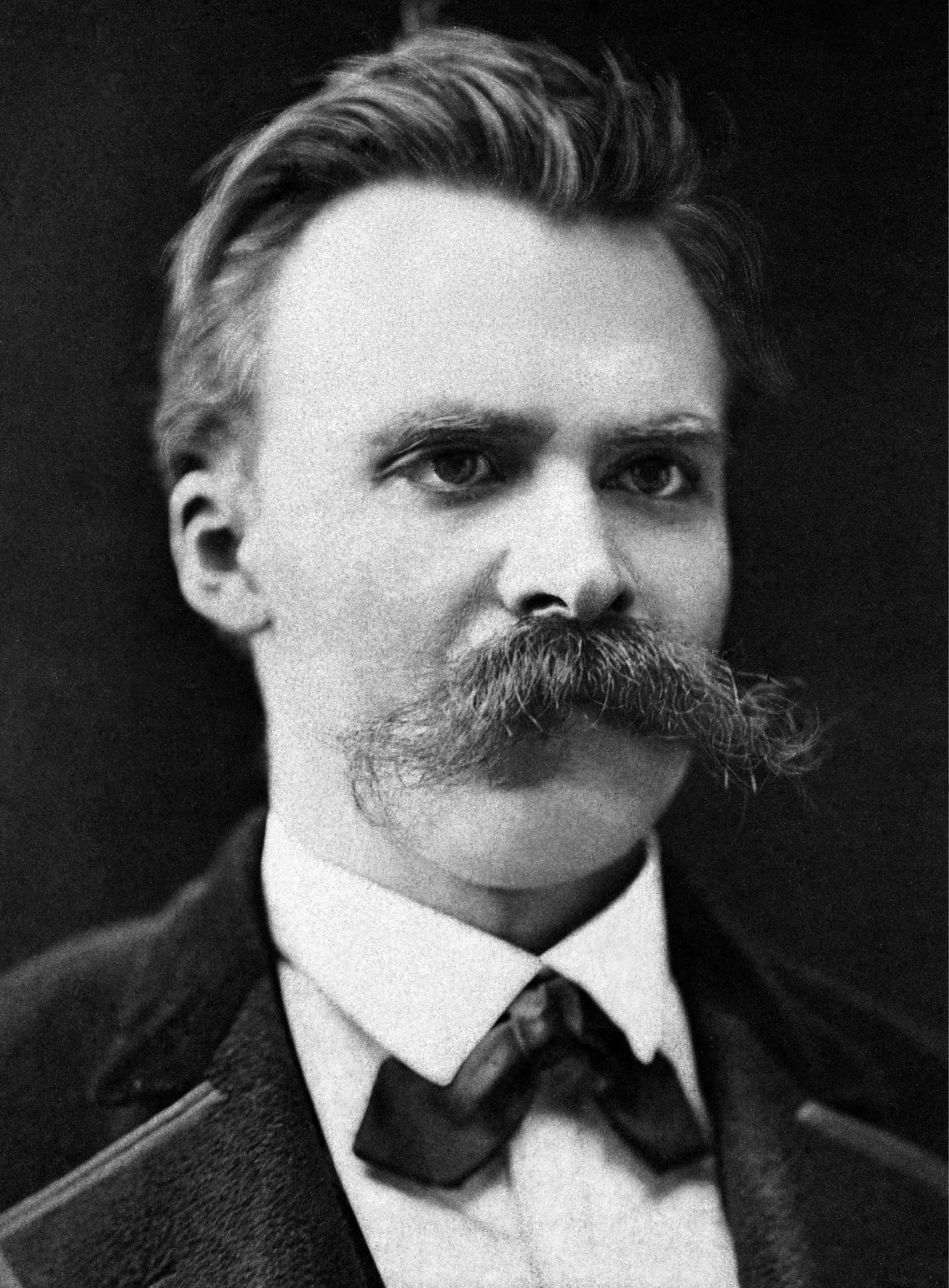|
Flaying
Flaying is a method of slow and painful torture and/or execution in which skin is removed from the body. Generally, an attempt is made to keep the removed portion of skin intact. Scope A dead animal may be flayed when preparing it to be used as human food, or for its hide or fur. This is more commonly called skinning. Flaying of humans is used as a method of torture or execution, depending on how much of the skin is removed. This is often referred to as flaying alive. There are also records of people flayed after death, generally as a means of debasing the corpse of a prominent enemy or criminal, sometimes related to religious beliefs (e.g., to deny an afterlife); sometimes the skin is used, again for deterrence, esoteric/ritualistic purposes, etc. (e.g., scalping). Causes of death Dermatologist Ernst G. Jung notes that the typical causes of death due to flaying are shock, critical loss of blood or other body fluids, hypothermia, or infections, and that the actual death ... [...More Info...] [...Related Items...] OR: [Wikipedia] [Google] [Baidu] |
Last Judgement
The Last Judgment is a concept found across the Abrahamic religions and the '' Frashokereti'' of Zoroastrianism. Christianity considers the Second Coming of Jesus Christ to entail the final judgment by God of all people who have ever lived, resulting in the salvation of a few and the damnation of many. Some Christian denominations believe most people will be saved, some believe most people will be damned, and some believe the number of the saved and of the damned is unknown. The concept of the Last Judgment is found in all the canonical gospels, particularly in the Gospel of Matthew. The Christian tradition is also followed by Islam, where it is mentioned in many chapters of the Quran, according to some interpretations. The Last Judgment has inspired numerous artistic depictions, including painting, sculpture and evangelical work. In Judaism In Judaism, beliefs vary. Rosh HaShanah is sometimes referred to as a 'day of judgement', but it is not conceptualized as ''the'' Day ... [...More Info...] [...Related Items...] OR: [Wikipedia] [Google] [Baidu] |
Copford
Copford is a village and Civil parishes in England, civil parish in the City of Colchester district of Essex, England. It is west of Colchester, and the hamlet of Copford Green is found a short distance to the south. The poet Matthew Arnold noted he was struck by "the deeply rural character of the village and neighbourhood." History Copford was originally a Manorialism, manor held by the Bishop of London's office. Upon the death of Bishop Edmund Bonner in 1569 (also buried here) the land briefly became property of The Crown until 1609 when it returned to private ownership. The Church of England parish church of St Michael and All Angels Church, Copford, St Michael and All Angels is Grade I listed. It is renowned for its mid-12th-century Norman architecture, Norman wall paintings that are among the best in England. The paintings were extensively restored in the late 19th century. The church door was claimed to have human skin attached, possibly as a gruesome remnant of an ancie ... [...More Info...] [...Related Items...] OR: [Wikipedia] [Google] [Baidu] |
Execution (legal)
Capital punishment, also known as the death penalty and formerly called judicial homicide, is the state-sanctioned killing of a person as punishment for actual or supposed misconduct. The sentence ordering that an offender be punished in such a manner is called a death sentence, and the act of carrying out the sentence is an execution. A prisoner who has been sentenced to death and awaits execution is ''condemned'' and is commonly referred to as being "on death row". Etymologically, the term ''capital'' (, derived via the Latin ' from ', "head") refers to execution by beheading, but executions are carried out by many methods, including hanging, shooting, lethal injection, stoning, electrocution, and gassing. Crimes that are punishable by death are known as ''capital crimes'', ''capital offences'', or ''capital felonies'', and vary depending on the jurisdiction, but commonly include serious crimes against a person, such as murder, assassination, mass murder, child murder, ... [...More Info...] [...Related Items...] OR: [Wikipedia] [Google] [Baidu] |
Crus (lower Leg)
The leg is the entire lower limb of the human body, including the foot, thigh or sometimes even the hip or buttock region. The major bones of the leg are the femur (thigh bone), tibia (shin bone), and adjacent fibula. There are 30 bones in each leg. The thigh is located in between the hip and knee. The calf (rear) and shin (front), or shank, are located between the knee and ankle. Legs are used for standing, many forms of human movement, recreation such as dancing, and constitute a significant portion of a person's mass. Evolution has led to the human leg's development into a mechanism specifically adapted for efficient bipedal gait. While the capacity to walk upright is not unique to humans, other primates can only achieve this for short periods and at a great expenditure of energy. In humans, female legs generally have greater hip anteversion and tibiofemoral angles, while male legs have longer femur and tibial lengths. In humans, each lower limb is divided int ... [...More Info...] [...Related Items...] OR: [Wikipedia] [Google] [Baidu] |
St Michael And All Angels Church, Copford
The Church of St Michael and All Angels, Copford is a 12th-century parish church located near the small village of Copford, Essex. It most likely served as a chapel to nearby Copford Hall, once owned by the bishops of London. The church is widely recognized for its outstanding collection of 12th-century Norman architecture, Norman wall paintings, use of Roman Britain, Roman brick and semi-circular Romanesque architecture, Romanesque apse. It is a Grade I listed building. Description Structure The original Norman church was built sometime after 1130 AD. It originally consisted of an early 12th-century semi-circular chancel and apse with a semi-dome stone vault and 3-bay vaulted nave. In the late 13th or early 14th century, a South aisle was added. The south wall contains four arches: one late 12th-century, one late 13th-century, a possible 14th-century arch and a modern arch. Later expansions include the South porch which was reconstructed in the 20th century and timber belfry wi ... [...More Info...] [...Related Items...] OR: [Wikipedia] [Google] [Baidu] |
Sacristan
A sacristan is an officer charged with care of the sacristy, the church, and their contents. In ancient times, many duties of the sacrist were performed by the doorkeepers ( ostiarii), and later by the treasurers and mansionarii. The Decretals of Gregory IX speak of the sacristan as if he had an honourable office attached to a certain benefice, and say that his duty was to care for the sacred vessels, vestments, lights, etc. Nowadays the sacristan is elected or appointed. The '' Cæremoniale Episcoporum'' prescribed that in cathedral and collegiate churches the sacristan should be a priest, and describes his duties in regard to the sacristy, the Blessed Eucharist, the baptismal font, the holy oils, the sacred relics, the decoration of the church for the different seasons and feasts, the preparation of what is necessary for the various ceremonies, the pregustation in pontifical Mass, the ringing of the church bells, the preservation of order in the church, and the distribut ... [...More Info...] [...Related Items...] OR: [Wikipedia] [Google] [Baidu] |
Prior (ecclesiastical)
Prior (or prioress) is an Ecclesiology, ecclesiastical Title#Ecclesiastical titles (Christian), title for a Superior (hierarchy), superior in some religious orders. The word is derived from the Latin for "earlier" or "first". Its earlier generic usage referred to any monastic superior. In abbeys, a prior would be lower in rank than the abbey's abbot or abbess. Monastic superiors In the Rule of Saint Benedict, the term appears several times, referring to any superior, whether an abbot, Provost (religion), provost, Dean (Christianity), dean, etc. In other old monastic rules, the term is used in the same generic sense. With the Cluniac Reforms, the term ''prior'' received a specific meaning; it supplanted the provost or dean (''praepositus''), spoken of in the Rule of St. Benedict. The example of the Cluniac congregations was gradually followed by all Benedictine monasteries, as well as by the Camaldolese, Vallombrosians, Cistercians, Hirsau Abbey, Hirsau congregations, and other ... [...More Info...] [...Related Items...] OR: [Wikipedia] [Google] [Baidu] |
Edward I Of England
Edward I (17/18 June 1239 – 7 July 1307), also known as Edward Longshanks and the Hammer of the Scots (Latin: Malleus Scotorum), was King of England from 1272 to 1307. Concurrently, he was Lord of Ireland, and from 1254 to 1306 ruled Duchy of Gascony, Gascony as Duke of Aquitaine in his capacity as a vassal of the French king. Before his accession to the throne, he was commonly referred to as the Lord Edward. The eldest son of Henry III of England, Henry III, Edward was involved from an early age in the political intrigues of his father's reign. In 1259, he briefly sided with a baronial reform movement, supporting the Provisions of Oxford. After reconciling with his father, he remained loyal throughout the subsequent armed conflict, known as the Second Barons' War. After the Battle of Lewes, Edward was held hostage by the rebellious barons, but escaped after a few months and defeated the baronial leader Simon de Montfort at the Battle of Evesham in 1 ... [...More Info...] [...Related Items...] OR: [Wikipedia] [Google] [Baidu] |
Westminster Abbey
Westminster Abbey, formally titled the Collegiate Church of Saint Peter at Westminster, is an Anglican church in the City of Westminster, London, England. Since 1066, it has been the location of the coronations of 40 English and British monarchs and a burial site for 18 English, Scottish, and British monarchs. At least 16 royal weddings have taken place at the abbey since 1100. Although the origins of the church are obscure, an abbey housing Benedictine monks was on the site by the mid-10th century. The church got its first large building from the 1040s, commissioned by King Edward the Confessor, who is buried inside. Construction of the present church began in 1245 on the orders of Henry III. The monastery was dissolved in 1559, and the church was made a royal peculiar – a Church of England church, accountable directly to the sovereign – by Elizabeth I. The abbey, the Palace of Westminster and St Margaret's Church became a UNESCO World Heritage Site in 1987 becaus ... [...More Info...] [...Related Items...] OR: [Wikipedia] [Google] [Baidu] |
Discipline And Punish
''Discipline and Punish: The Birth of the Prison'' () is a 1975 book by French philosopher Michel Foucault. It is an analysis of the social and theoretical mechanisms behind the changes that occurred in Western penal systems during the modern age based on historical documents from France. Foucault argues that prison did not become the principal form of punishment just because of the humanitarian concerns of reformists. He traces the cultural shifts that led to the predominance of prison via the body and power. Prison is used by the "disciplines" – new technological powers that can also be found, according to Foucault, in places such as schools, hospitals, and military barracks. Summary The main ideas of ''Discipline and Punish'' can be grouped according to its four parts: torture, punishment, discipline, and prison. Torture Foucault begins by contrasting two forms of penalty: the violent and chaotic public torture of Robert-François Damiens, who was convicted of attempted ... [...More Info...] [...Related Items...] OR: [Wikipedia] [Google] [Baidu] |
Michel Foucault
Paul-Michel Foucault ( , ; ; 15 October 192625 June 1984) was a French History of ideas, historian of ideas and Philosophy, philosopher who was also an author, Literary criticism, literary critic, Activism, political activist, and teacher. Foucault's theories primarily addressed the relationships between Power (social and political), power versus knowledge and liberty, and he analyzed how they are used as a form of social control through multiple institutions. Though often cited as a Structuralism, structuralist and Postmodernism, postmodernist, Foucault rejected these labels and sought to critique authority without limits on himself. His thought has influenced academics within a large number of contrasting areas of study, with this especially including those working in anthropology, communication studies, criminology, cultural studies, feminism, literary theory, psychology, and sociology. His efforts against homophobia and racial prejudice as well as against other Ideology, id ... [...More Info...] [...Related Items...] OR: [Wikipedia] [Google] [Baidu] |








